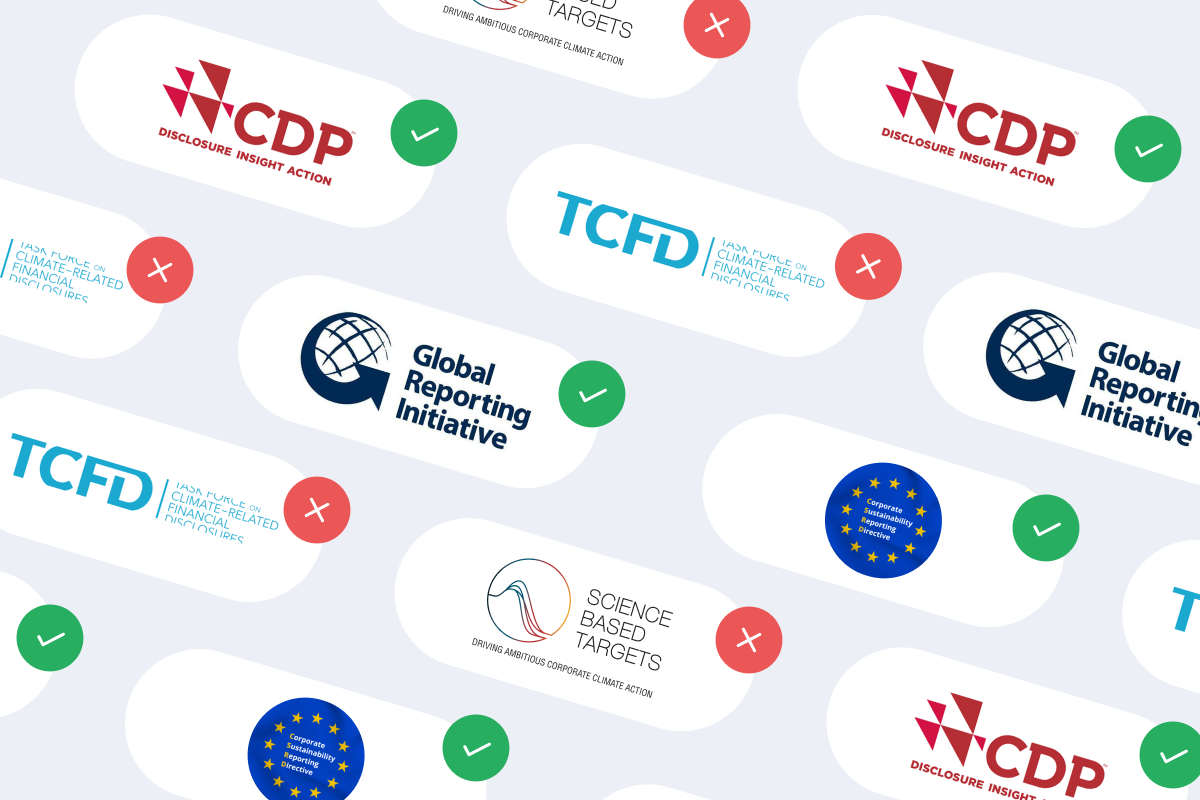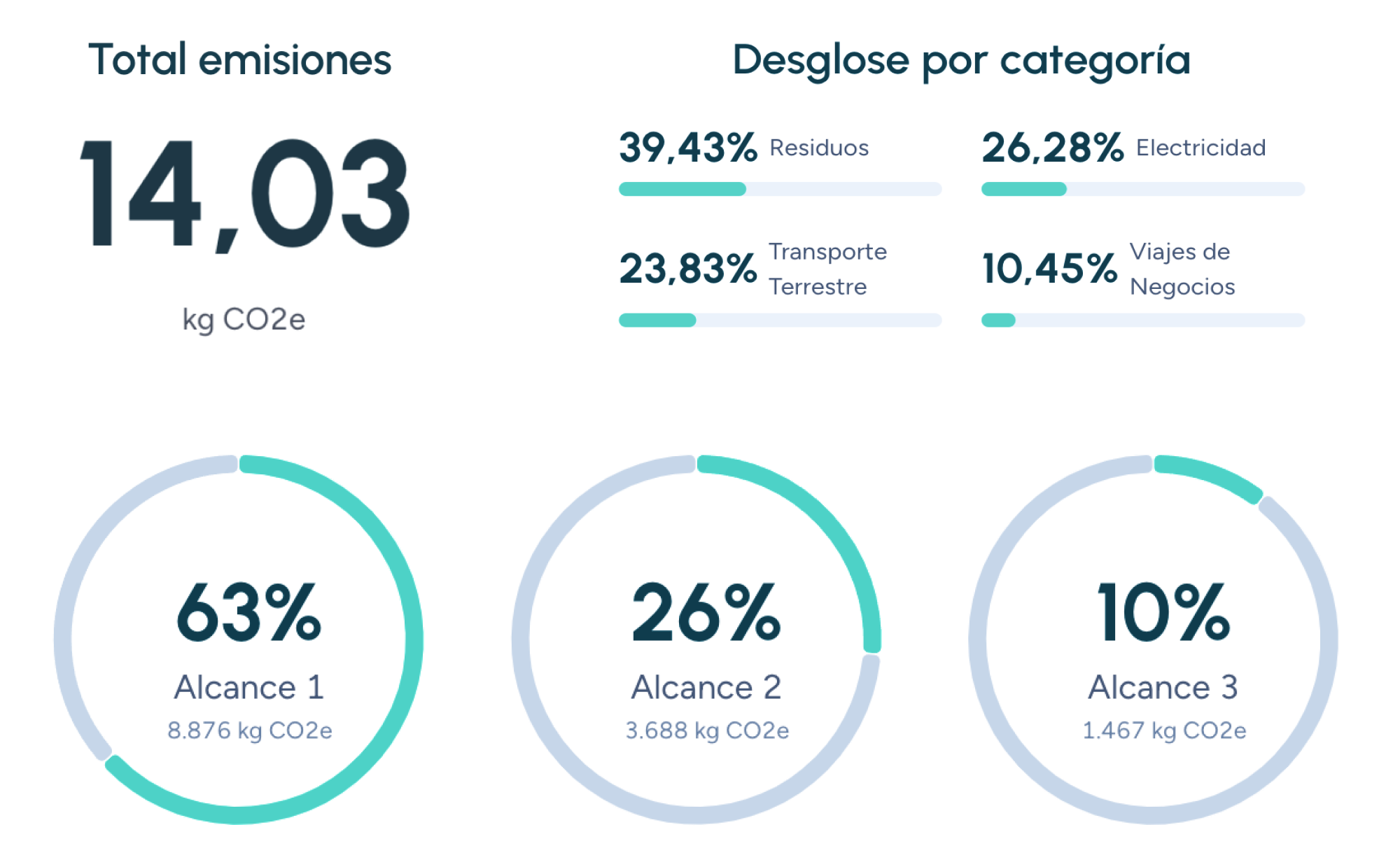C
Climate finance
What is climate finance?
Climate finance has become a central term in the fight against climate change. It refers to the mobilization of financial resources, both public and private, to fund actions aimed at reducing greenhouse gas (GHG) emissions and adapting to the impacts of climate change.
Why is climate finance important?
The magnitude and urgency of climate change require a global and coordinated response. Developing countries, despite being the least responsible for historical GHG emissions, are the most vulnerable to the impacts of climate change. Climate finance is essential to:
- Support developing countries in their transition to low-carbon and climate-resilient economies.
- Drive innovation and the development of clean technologies.
- Strengthen adaptation and resilience capacities in the most vulnerable communities.
Sources of climate finance
Climate finance comes from a variety of sources, which can be classified into:
Public sources
- Multilateral development funds: such as the Green Climate Fund (GCF) and the Global Environment Facility (GEF).
- Official Development Assistance (ODA): provided by developed countries to developing countries.
- National development banks: which are increasing their investments in climate projects.
Private sources
- Impact investments: which seek to generate both financial returns and positive social and environmental impacts.
- Green bonds: financial instruments that fund projects with environmental benefits.
- Corporate investments: businesses integrating sustainability into their strategies.
The Paris Agreement and climate finance
The Paris Agreement, adopted in 2015, establishes a global framework for climate action. Regarding climate finance, the Paris Agreement:
- Reaffirms the commitment of developed countries to mobilize $100 billion annually by 2020 and continue mobilizing climate finance after 2025.
- Emphasizes the need for a balance between funding for mitigation and adaptation to climate change.
- Promotes transparency and accountability in the mobilization and use of climate finance.
Challenges and opportunities in climate finance
Despite progress, climate finance faces significant challenges:
- Scale of financing: The amount of mobilized climate finance remains insufficient to meet global needs.
- Access to finance: Developing countries, especially Small Island Developing States (SIDS) and Least Developed Countries (LDCs), face significant barriers to accessing climate finance.
- Effectiveness of finance: Ensuring that climate finance is used efficiently and transparently is crucial to achieving climate goals.
However, there are also major opportunities to boost climate finance:
- Growth of the sustainable finance market: More investors are seeking investment opportunities that contribute to climate action.
- Financial innovation: New instruments and financial mechanisms are being developed to mobilize private capital for climate projects.
- Capacity building: Strengthening the ability of developing countries to identify, develop, and manage climate projects is essential.
Climate finance is a crucial element in achieving the Paris Agreement goals and avoiding the worst impacts of climate change. A joint effort from governments, the private sector, international financial institutions, and civil society is necessary to mobilize the required financial resources and ensure their effective use in building a sustainable future for all.
Companies that trust us

CBAM: EU Carbon Border Adjustment Mechanism
Analyse how the EU taxes imports according to their carbon footprint, the sectors affected, and the steps companies must take to prepare for 2026.
COP (Conference of the Parties)
The COP (Conference of the Parties) is the supreme decision-making body established under the United Nations Framework Convention on Climate Change (UNFCCC).
CO₂ Equivalent
Understand what CO₂ equivalent means and why it's important in measuring the carbon footprint. Learn how it’s calculated and its role in fighting climate change.
Guiding businesses towards net-zero emissions through AI-driven solutions.
© 2026 Manglai. All rights reserved
Política de Privacidad


